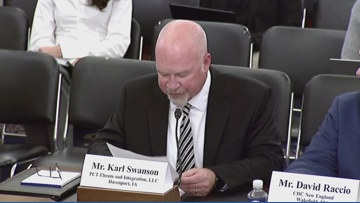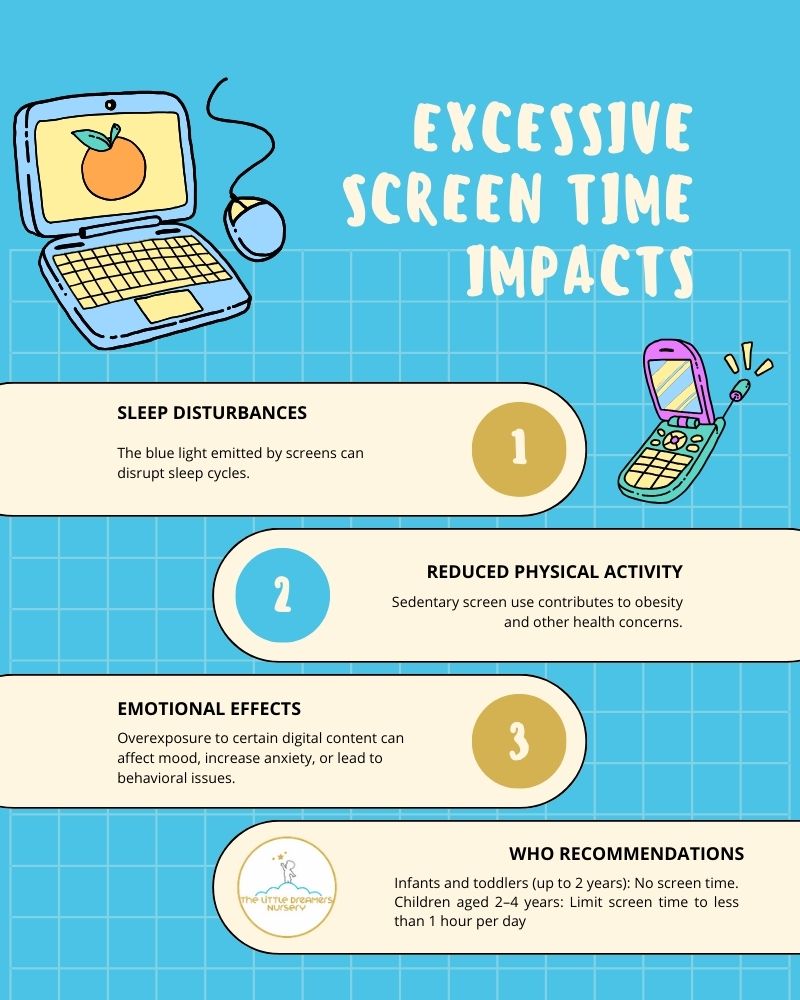
Newark Public Schools Implements AI Literacy Screener to Enhance Early Reading Skills
Introduction
Newark Public Schools will introduce an artificial intelligence (AI) tool, Amira, this fall to identify students struggling with reading. This initiative aligns with New Jersey’s new Literacy Framework, aimed at improving early literacy skills in young learners, supporting Sustainable Development Goal (SDG) 4: Quality Education.
Adoption of Amira AI Literacy Screener
- Approval and Contract: The Newark school board approved a two-year contract with Amira Learning, costing up to $900,000, effective from July 1, 2025, to June 30, 2027.
- Functionality: Amira is an AI-powered literacy tool designed to assess reading deficiencies and provide personalized intervention plans tailored to individual student needs.
- State Endorsement: Amira is the only AI screener recommended by New Jersey’s literacy working group and is part of the state’s mandate to screen students in grades K-3.
- Funding Support: The district received a $109,260 state grant to assist with implementing the literacy screener.
Significance for Sustainable Development Goals
- SDG 4 – Quality Education: Early identification and support for reading difficulties promote inclusive and equitable quality education, enhancing literacy rates among young learners.
- SDG 10 – Reduced Inequalities: The tool aims to address disparities by supporting English language learners and students with diverse linguistic backgrounds.
- SDG 9 – Industry, Innovation, and Infrastructure: The integration of AI technology in education exemplifies innovation to improve learning outcomes.
Challenges and Considerations
- Linguistic Diversity: Newark’s student population includes over 11,000 English language learners speaking Spanish, Portuguese, Arabic, French, Haitian Creole, and other languages. The AI tool may face challenges accurately assessing students with accents or complex speech patterns.
- Bias and Accuracy: Experts emphasize the need to monitor AI systems for biases and ensure they augment rather than replace teacher expertise, particularly in multilingual settings.
- Teacher Involvement: Teachers are encouraged to review AI-generated assessments and rescore as necessary to improve accuracy and support student learning.
Implementation and Impact
- Pilot Program: Amira was piloted in six Newark Public Schools, showing initial data of increased student growth in reading skills.
- Complementary Strategies: The district has adopted new phonics teaching methods, explicit writing strategies, and teacher training based on the science of reading to complement the AI screening.
- Wider Adoption: Amira is used in over 2,000 school districts nationwide and has received approval in multiple states, reflecting a growing trend in AI-assisted literacy screening.
Understanding Literacy Screeners and AI Integration
Literacy screeners are assessments administered to young students to identify reading challenges early, enabling timely intervention. The use of AI in literacy screening is an emerging practice with potential benefits if validated by research.
- AI tools like Amira analyze fluency, pauses, and hesitations during oral reading to identify strengths and areas for improvement.
- Research indicates AI screeners can achieve high accuracy rates and intervention effectiveness comparable to skilled human tutors.
- Ongoing efforts focus on reducing systemic biases in AI by training systems with diverse speech patterns and accents.
Policy and Legislative Support
- In August 2024, Governor Phil Murphy signed legislation establishing the New Jersey Literacy Framework, mandating literacy screenings for K-3 students and creating the Office of Learning Equity and Academic Recovery (LEAR) to oversee these initiatives.
- The framework supports SDG 4 by promoting equitable access to quality literacy education and targeted interventions.
Conclusion
The integration of Amira AI literacy screening in Newark Public Schools represents a significant step toward achieving Sustainable Development Goals related to quality education and reduced inequalities. While challenges remain in addressing linguistic diversity and ensuring unbiased AI performance, the tool is designed to support educators in delivering personalized reading interventions, ultimately fostering improved literacy outcomes for all students.
1. Sustainable Development Goals (SDGs) Addressed or Connected
- SDG 4: Quality Education
- The article focuses on improving early literacy skills among young learners in Newark Public Schools through the use of AI-powered literacy screening tools.
- It highlights efforts to identify students at risk of reading difficulties and provide personalized interventions, aligning with the goal of inclusive and equitable quality education.
- SDG 10: Reduced Inequalities
- The article discusses challenges related to assessing students with diverse linguistic backgrounds, including English language learners speaking Spanish, Portuguese, Arabic, French, Haitian Creole, and other languages.
- It emphasizes the need to address biases in AI tools to ensure equitable assessment and support for historically under- or over-identified student groups.
- SDG 9: Industry, Innovation, and Infrastructure
- The adoption of AI technology (Amira) in education represents innovation aimed at improving literacy screening and intervention.
2. Specific Targets Under the Identified SDGs
- SDG 4: Quality Education
- Target 4.1: Ensure that all girls and boys complete free, equitable and quality primary and secondary education leading to relevant and effective learning outcomes.
- Target 4.6: Ensure that all youth and a substantial proportion of adults achieve literacy and numeracy.
- Target 4.c: Increase the supply of qualified teachers, including through international cooperation for teacher training.
- SDG 10: Reduced Inequalities
- Target 10.2: Empower and promote the social, economic and political inclusion of all, irrespective of age, sex, disability, race, ethnicity, origin, religion or economic or other status.
- SDG 9: Industry, Innovation, and Infrastructure
- Target 9.5: Enhance scientific research, upgrade the technological capabilities of industrial sectors, including education technology innovations.
3. Indicators Mentioned or Implied to Measure Progress
- SDG 4 Indicators
- Proportion of students achieving at least a minimum proficiency level in reading and literacy (implied through literacy screening results using Amira).
- Student growth data from pilot programs using the AI tool, indicating improvements in reading skills.
- Number or proportion of schools implementing literacy screening and intervention plans as per the New Jersey Literacy Framework.
- Teacher training completion rates on the science of reading and literacy instruction for pre-K-6 staff.
- SDG 10 Indicators
- Assessment of equitable access to literacy support among English language learners and students from diverse linguistic backgrounds (implied by concerns about AI bias and accuracy).
- Reduction in disparities in reading proficiency among different student subgroups.
- SDG 9 Indicators
- Adoption rate of AI literacy screening tools in school districts (e.g., over 2,000 districts using Amira).
- Accuracy rates of AI tools in assessing reading deficiencies (e.g., Amira’s reported 95% accuracy).
4. Table of SDGs, Targets, and Indicators
| SDGs | Targets | Indicators |
|---|---|---|
| SDG 4: Quality Education |
|
|
| SDG 10: Reduced Inequalities |
|
|
| SDG 9: Industry, Innovation, and Infrastructure |
|
|
Source: chalkbeat.org







